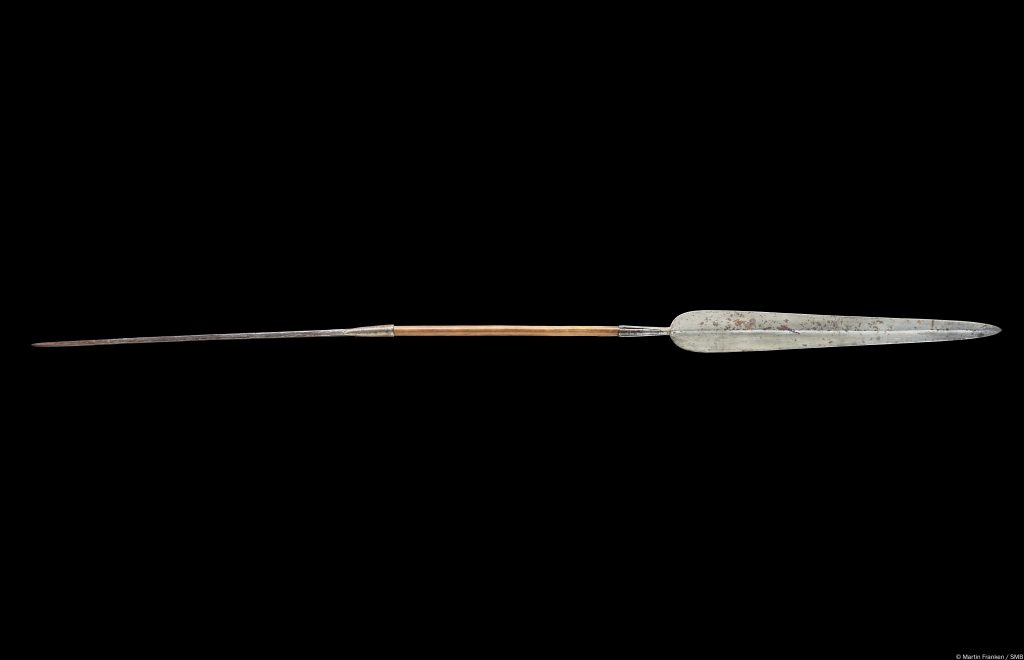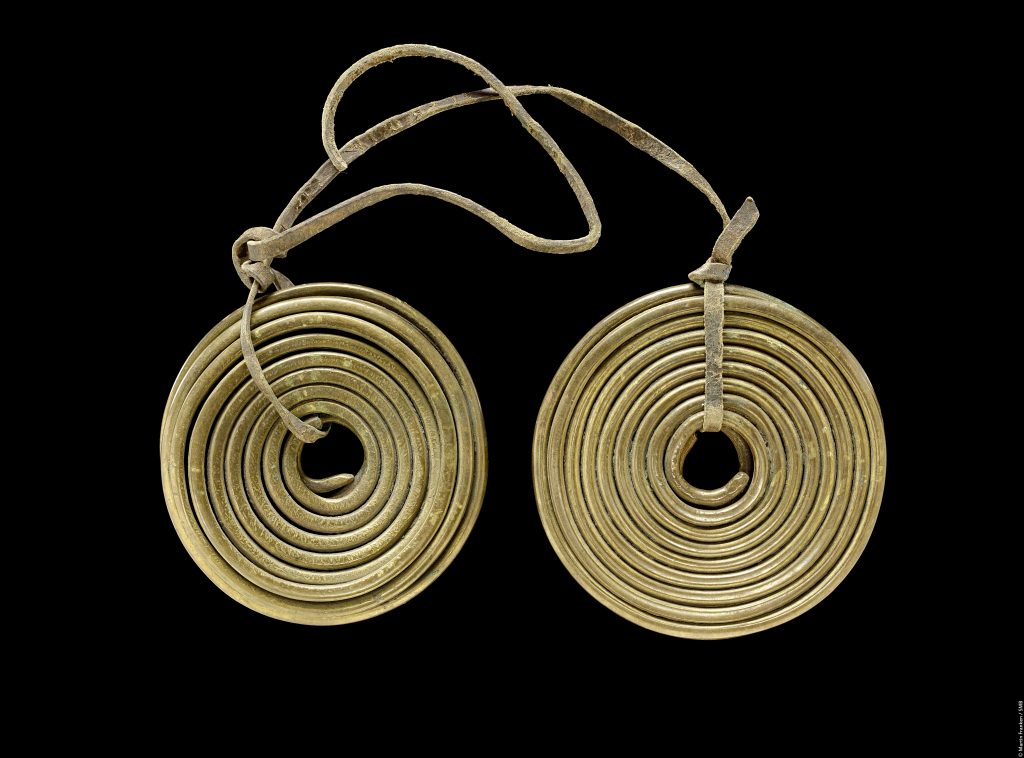
Most of what I know about colonialism and colonial injustice in Tanzania I have learned at school. In the history classes at secondary school, we were taught about the brutal establishment and expansion of first German, later British domination which involved plundering, looting, and the killing of those who resisted colonialism. Although I had learned all this, I admit that I probably never felt the brutality of colonialism more deeply than on October 14th, 2020 when I first visited the Tanzania collections in the Ethnologisches Museum Berlin. Throughout this visit, I experienced colonialism and its aggression viscerally. Prior to my visit to the museum´s storage, I had encountered the collections by looking at digital photographs. Although the images affected me emotionally in terms of the possible brutality that was involved in the acquisition of the objects, it was still hard for me to fathom that the real objects were in the museum. There was always the thought in my mind that the photographs might have been taken in a different context, for instance by asking the owners to have their objects photographed.
Shortly after receiving the confirmation that I could visit the storage, I was preoccupied. Although this was not my first time at ethnographic museums in Europe, the waiting period was emotionally difficult. In fact, as it was the case after the visit, I also did not sleep well for a few nights before the visit. Encountering the objects in the museum was unbelievably frightening for me.
I was affected by coming into contact with the ethnographic objects in manifold ways. First, when I entered the storage room I was captured by the hugeness of the collection. I was overwhelmed, surprised, and dazzled. I cannot recall any object from my culture which was not in the storage. It is evident that almost every single group in the community was represented by some object, ranging from those that belong to children to those which belong to elders.
For me, experiencing the collections meant experiencing colonial aggression and injustice on a personal level. Many of the objects I encountered there are seen as inalienable in my community, which means that they are not allowed to be given away under any circumstances. The presence of these objects which showed signs of use made it immediately clear to me that they must have been obtained through violence (Moko 2021). I began to realize for the first time that my community might have had the worst violent experiences with colonialism. Experiences which could be equated to those of Maji Maji war and other uprisings, which more centralized communities such as those in the Southern and coastal regions of what is now Tanzania had experienced during their resistance wars against colonialism. The role of these communities in their fight against colonialism are dominating the history education in my country to such a great extent, that it is only now that I noticed how little I know about the Maasai’s (my own community’s) violent altercations with colonial agents.
Those objects in the Museum that belonged to warriors demonstrate the Masai’s defeat against colonial forces. My encounter with a warrior’s spear (see fig. 1) which has turned out to have been acquired in the battlefield gives evidence of the atrocious way in which the objects were appropriated. A mere touching of this spear for instance evoked a feeling that it must have been acquired in a war context. An encounter with this spear disturbed my body and invoked a kind of sadness – especially when I thought about the possible death of people that might have occurred to have it alienated from the owner.

Similarly, it was astonishing, troubling and frightening to see a temporarily made wooden warriors’ shield in the Museum. I sadly thought about the possible conflict scenario that led to its making in the first place and its later acquisition. It is a temporary shield because unlike a genuine permanent shield, made from the buffalo hide, this one was made from the trunk of a tree. Encountering this shield, I felt the dire situation of helplessness that had resulted on its surrendering to the collector. This shield still pops up in my mind whenever I think about the collections and my visit to the storeroom of the museum.
Religious objects in the storage were both intimidating and saddening. A medicine horn, a sacred object of a medicine man for instance, was intimidating because it is untouchable to unauthorized individuals. I was saddened to encounter other ritual objects such as ear pendants, fly whisks and tobacco containers because these objects are intimately connected to their former owners, even after their passing. Their arrangement in the museum has however reduced them into mere things, robbing them of their cultural life. I felt that their objectification is an offence to my community’s belief system. This feeling of objectification was even highlighted by the fact that the museum has restricted the way one is allowed to interact with and physically touch the objects. For instance, I had to wear gloves which affected the way I touched the objects. I felt that the objects inside the storeroom were unhappy, and I was unhappy myself

At the same time, I was also enchanted and fascinated by the objects´ aesthetic. It is clear that the collectors were keen to acquire beautiful objects. In fact, I wanted to touch and feel each object. The objects fascinated me in a way that I at times forgot to adhere to the museum rules and regulations. At one time, I held the spear in the picture above in a way that the spike touched the floor, just because this is how we hold spears in my community. From a conservation perspective, this was, of course, against the rules of the museum. The conservator who accompanied me to the storage politely reminded me that this is not how I should handle the spear. We both felt awkward. I was perturbed by having unconsciously broken the rules of the museum, she was in the uncomfortable position to let me explore the objects but also protect them from harm. In a way, we were both affectively reacting to rules not of our own making. Generally, my encounters with the collections in the storeroom of the Museum was a highly emotional moment of experiencing colonialism.
References:
Moko, Laibor Kalanga (2021): ‘The (In)Alienability of Objects and Colonial Acquisition: The Case of Maasai Ethnographic Collections at the Ethnologisches Museum Berlin’, in: Baessler Archiv 67 (1), p. 97 – 140.
Link to the video of the storage visit: Feeling Colonialism Through Maasai Objects | Affect and Colonialism (affect-and-colonialism.net).




